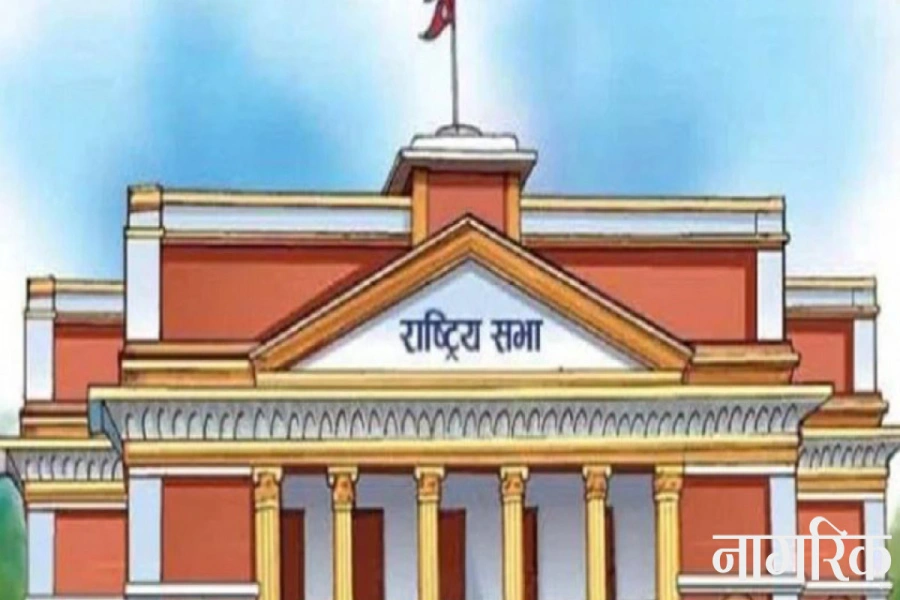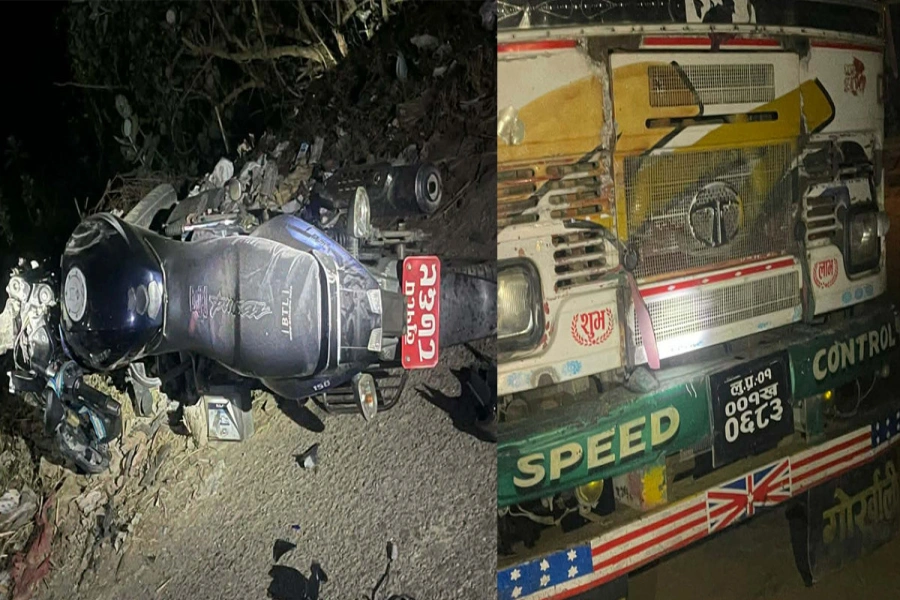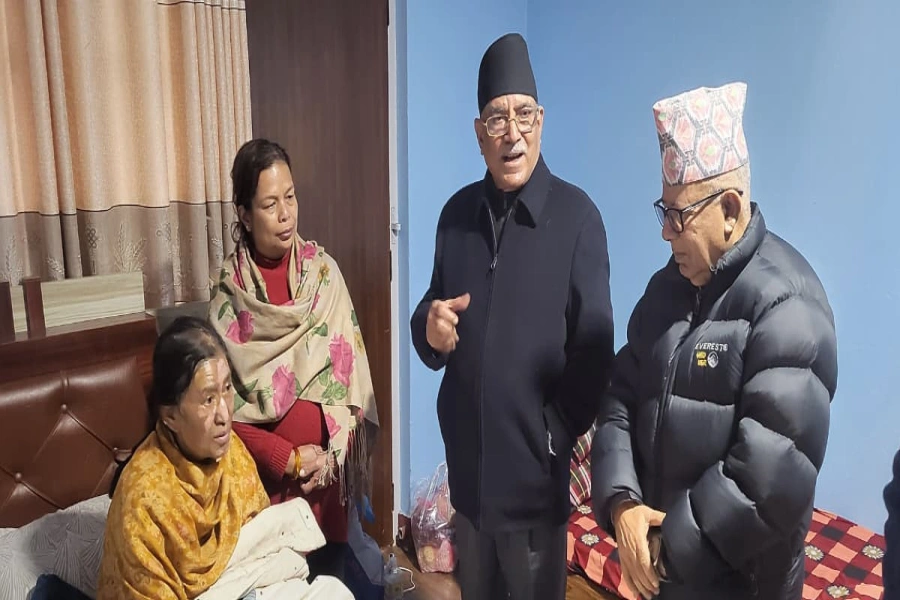Ginger price, which stood at Rs 5 per kg around a year ago, rose by 600 percent in the eastern Nepali district due to low production of the spice in different Indian states like Punjab, Sikkim, and Assam, according to Krishna Paudel, a trader of Biblyante. [break]
In addition, few Nepali farmers, who are growing ginger, have also started exporting the spice to India to earn better profits, which has also caused the price to go up in the local market.
According to farmers, over 40 quintals of ginger are exported to Indian market every day. Local traders are also reaching the farm to buy ginger and dispatch them to India.
As the price is going up, some of the farmers are even harvesting the spice ahead of time to take advantage of the price hike. As a result, many ginger farmers were seen attending their farms even during Dashain festival.
Since production of ginger is not expected to go up in India anytime soon, traders are expecting ginger price to reach Rs 45 to Rs 50 per kg by the time of Chath festival that begins in November.
The price hike, which is not a good news to consumers, however, has brought smiles on the faces of farmers in the district as they had disposed huge quantity of ginger last year due to over production.
"We are happy as we are getting good profits this year. If the situation had remained the same as that of last year, I was planning to quit ginger farming. But now I am excited," said Arjun Ghimire, a ginger farmer of Sulubung.
Currently markets such as Biblyante, Mangalbare, Fikkal and Naya Bazaar of Illam district are filled with ginger.
Each ginger farmer of the district has planted around 400 kg to 8,000 kg of ginger on around 3,075 hectares of land, according to the District Agriculture Development Office. Last year, around 47,475 tons of ginger was produced in the district.
Ginger price falls even after India allows unhindered export





































